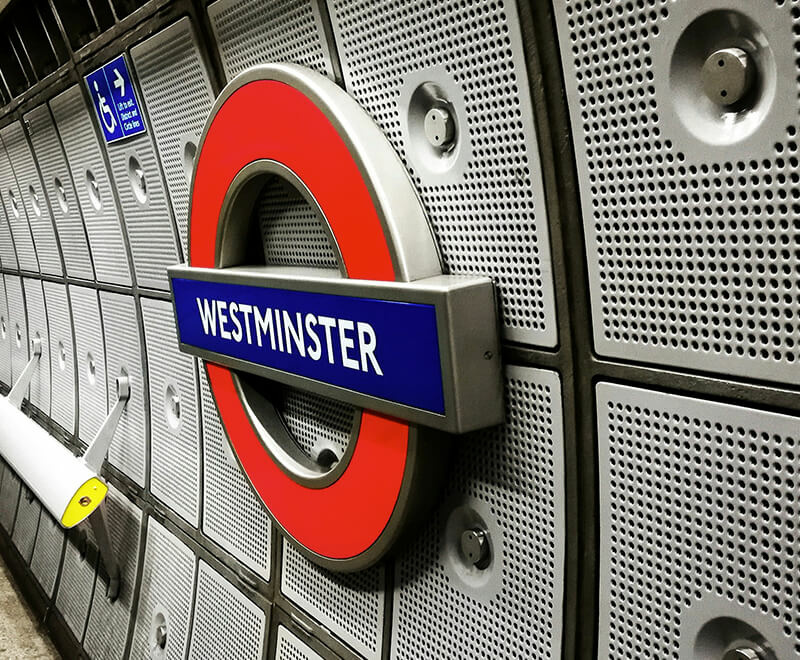Labour’s annual conference in Brighton may have been cut short by the Supreme Court ruling, but the party still managed to pack in plenty of new policies. Charley Sambridge recaps the major announcements made by the Shadow Cabinet this year and looks at what the party’s ambiguous Brexit position could mean for its electoral prospects.
Given the ongoing constitutional crisis that is paralysing British politics, you’d be forgiven for missing the headlines from this week’s Labour conference. Yet Jeremy Corbyn’s party has adopted a raft of radical social, economic and environmental policies that would transform the country if he won a general election. No. 11 Downing Street would also have a new tenant, and it wouldn’t be the Chancellor.
What is perhaps more striking, however, is the widening divisions over Brexit between the Labour leader and senior members of his Shadow Cabinet like Tom Watson and Emily Thornberry. Meanwhile, on the eve of the conference, a memo leaked to The Sunday Times described how one of Corbyn’s closest aides and policy aficionado, Andrew Fisher, had resigned. He condemned the “lack of professionalism, competence and human decency” at the top of the party. More than just differences of opinion, Labour’s seaside break exploded into factional infighting and personal rows.
Back to school
A major talking point in Brighton, and probably the most eye-catching announcements, were the party’s education proposals: endorsing a policy to replace Ofsted and effectively abolish private schools. These commitments were just two of many designed to drag British politics away from Brexit and back to a debate about public services and domestic policy.
Labour members also voted for plans which would allow local authorities to annex people’s homes if they are left vacant, in a move compared to “Soviet Russia” by the Tories. In government, Labour would now scrap controls on immigration and hand foreign nationals the right to vote in future elections and referendums.
Brexit battle
Undoubtedly, this has been a conference dominated by Brexit. It started with the row over what the party’s official Brexit position will be going into a general election, and it ended with the response to the Supreme Court ruling on Boris Johnson’s prorogation of Parliament.
Last week, grassroots activists had been pushing for an unambiguous stance, tabling a motion calling for Labour to campaign “energetically” to Remain, with some key unions, including Unison, backing a clear Remain stance. In a scathing Twitter thread, ITV’s Robert Peston compared the scene in the conference hall to the leadership of China. Stephen Kinnock, the MP for Aberavon, told a fringe meeting this week that the party had “more Brexit positions than the Kama Sutra”.
By sticking to their leader’s cryptic stance, opinion polls indicate Labour is haemorrhaging support from its pro-Remain voters to the ‘Remainiac’ Lib Dems, which now says it would revoke Article 50. But on the other side of the battlefield, Labour is losing the support of some pro-Brexit voters to the Conservatives under Johnson, who has pledged to leave the EU with or without a deal by October 31, and Farage’s Brexit Party, which fully supports a No Deal exit on WTO terms.
That said, the relatively extreme Brexit positions adopted by the mainstream parties leaves a vacuum in the centre ground. But coupled with his troubling personal ratings, Corbyn’s neutral stance on the election’s critical issue might simply look like weakness.
When the dust settles in Westminster, we may still be none the wiser as to whether it’s a party in meltdown, or one ready to fight a general election. What is clear is that this year’s conference leaves people in no doubt that a Labour government led by Jeremy Corbyn would be one of the most radical ever elected in this country.



